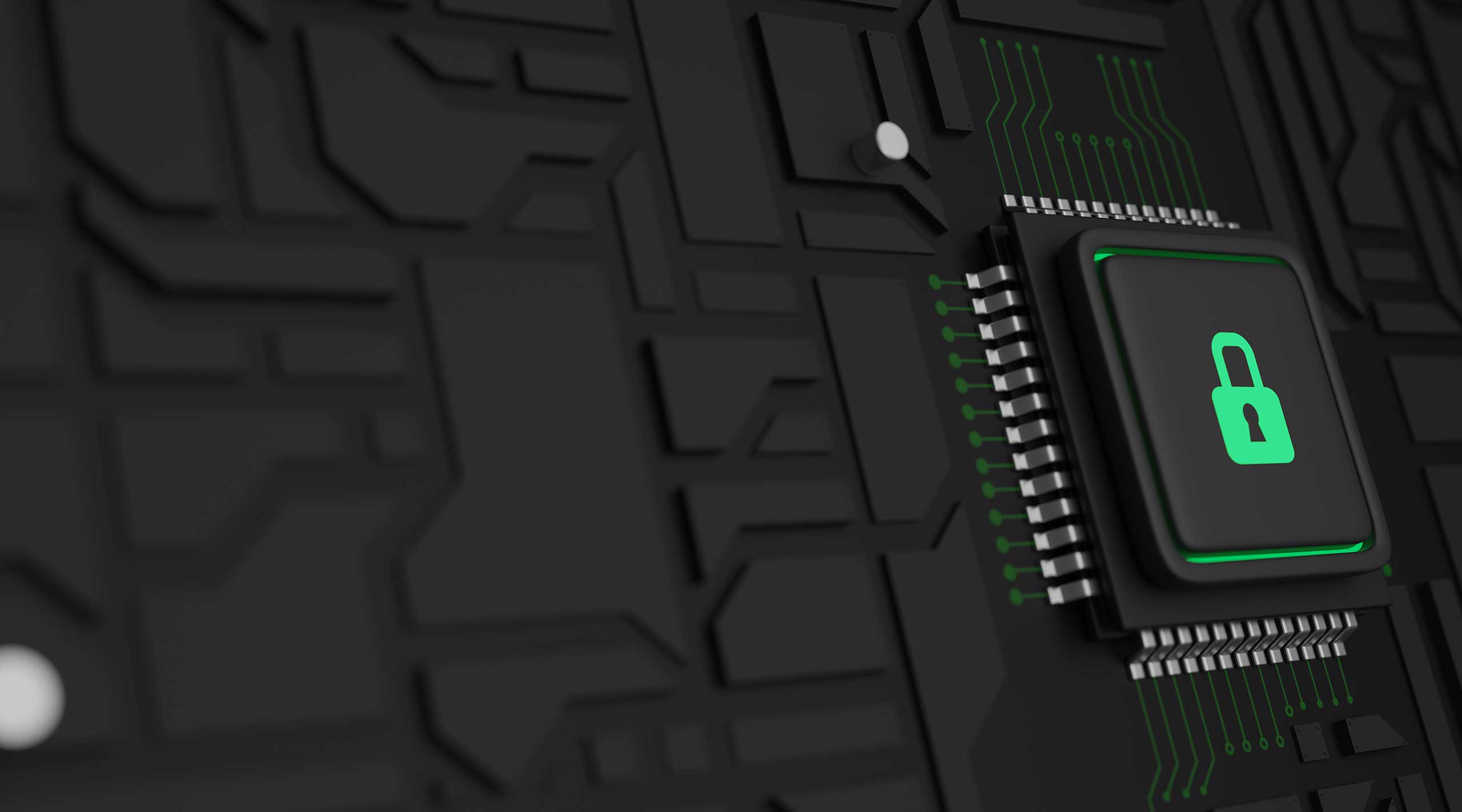
Understanding Cybersecurity Landscape in India: NCRB Report Highlights 24.4% Surge in Cybercrimes since 2021
In recent years, India has witnessed a rapid digital transformation, with advancements in technology shaping various aspects of daily life. However, alongside these advancements, there has been a concerning rise in cybercrimes. The National Crime Records Bureau (NCRB) report reveals a staggering 24.4% surge in cybercrimes since 2021, shedding light on the evolving cybersecurity landscape in the country.
Common Cybersecurity Myths:
- Myth 1: Antivirus software alone is sufficient for complete protection against cyber threats.
- Myth 2: Only large corporations are targeted by cybercriminals.
- Myth 3: Strong passwords guarantee immunity against cyber attacks.
- Myth 4: Cybersecurity is solely an IT department’s responsibility.
Recent Major Cyber Attacks:
- SolarWinds Supply Chain Attack (2020): A highly sophisticated cyberattack compromised SolarWinds’ Orion software, allowing threat actors to infiltrate numerous organizations, including government agencies and major corporations. This attack, attributed to state-sponsored actors, raised concerns about supply chain vulnerabilities.
- Colonial Pipeline Ransomware Attack (2021): DarkSide, a ransomware group, targeted Colonial Pipeline, one of the largest fuel pipelines in the United States. The attack disrupted fuel supplies along the East Coast and highlighted the impact of ransomware on critical infrastructure.
- JBS Foods Ransomware Attack (2021): JBS Foods, one of the world’s largest meat processing companies, fell victim to a ransomware attack, causing disruptions in meat production and distribution across several countries. The incident underscored the vulnerability of the food supply chain to cyber threats.
- Microsoft Exchange Server Vulnerabilities (2021): A series of zero-day vulnerabilities in Microsoft Exchange Server were exploited by threat actors to compromise thousands of organizations worldwide. The cyberattack, attributed to state-sponsored actors, involved the installation of backdoors for future exploitation.
- Kaseya Supply Chain Attack (2021): A ransomware attack targeting Kaseya’s VSA software affected thousands of small and medium-sized businesses worldwide. The attack exploited a vulnerability in the software to deploy ransomware on client networks, highlighting the risks associated with supply chain attacks.
Cyber Warfare:
- State-Sponsored Attacks: Targeting critical infrastructure, government systems, and military networks.
- Disruption of Services: Potential consequences include the disruption of essential services and undermining national stability.
- Defense Mechanisms: Developing robust defense mechanisms against state-sponsored cyber threats.
Regulations & Initiatives:
- National Cyber Security Policy: Framework outlining strategies to enhance cybersecurity resilience.
- Computer Emergency Response Teams (CERTs): Established to coordinate responses to cybersecurity incidents.
- Cybersecurity Awareness Programs: Educating citizens and organizations about cybersecurity best practices.
Steps Needed for Cybersecurity:
- Investment in Technologies: Adoption of advanced cybersecurity technologies such as AI and machine learning.
- Implementation of Protocols: Robust security protocols to prevent and detect cyber threats.
- Regular Audits: Conducting regular cybersecurity audits to identify vulnerabilities and weaknesses.
- Public-Private Collaboration: Fostering collaboration between government agencies, private organizations, and cybersecurity experts.
Types of Cybersecurity:
- Network Security: Protecting networks from unauthorized access and cyber attacks.
- Application Security: Ensuring the security of software applications against vulnerabilities and breaches.
- Cloud Security: Securing data and applications hosted on cloud platforms.
- Endpoint Security: Protecting end-user devices from malware and other cyber threats.
- Data Security: Safeguarding sensitive data from unauthorized access and breaches.
- Identity Management: Managing and securing user identities and access privileges.
Cyber Threat Actors:
- Individual Hackers: Freelance hackers targeting individuals and organizations for financial gain or personal motives.
- Organized Cybercriminal Groups: Groups specializing in cybercrime activities such as data theft, ransomware attacks, and fraud.
- State-Sponsored Actors: Nation-states engaging in cyber espionage, sabotage, and propaganda campaigns.
- Insider Threats: Employees or insiders with access to sensitive information exploiting their privileges for malicious purposes.
Sec1’s Role in Cybersecurity: Sec1 is at the forefront of combating cyber threats in India. As a leading cybersecurity company, Sec1 offers a comprehensive range of products and services, with experts specializing in application security, cloud security, and other cybersecurity domains. With a focus on innovation and expertise, Sec1 is committed to helping organizations bolster their cybersecurity defenses and navigate the complex landscape of cyber
The NCRB report’s findings underscore the critical importance of prioritizing cybersecurity in India’s digital agenda. By dispelling common myths, learning from recent cyber attacks, strengthening regulations and initiatives, and adopting proactive cybersecurity measures, India can effectively mitigate cyber threats and build a resilient digital ecosystem for the future.
As the nation continues its journey towards digitalization, safeguarding cyberspace must remain a top priority to ensure the security and prosperity of its citizens. Through collective efforts and strategic investments in cybersecurity, India can navigate the challenges of the digital age and emerge as a global leader in cybersecurity resilience. And companies like Sec1 are playing a pivotal role in this endeavor by providing cutting-edge solutions and expertise to safeguard India’s digital infrastructure.
